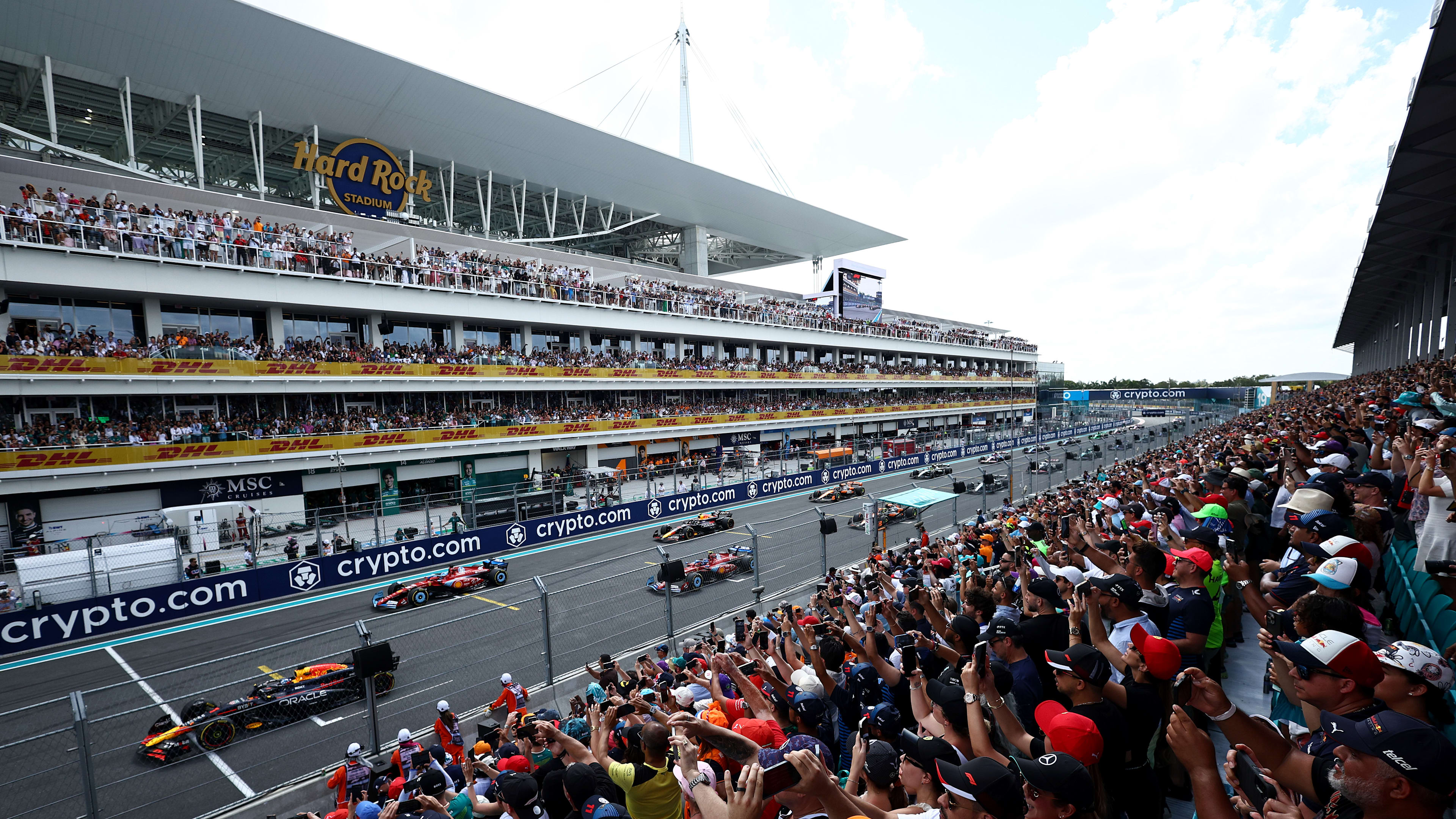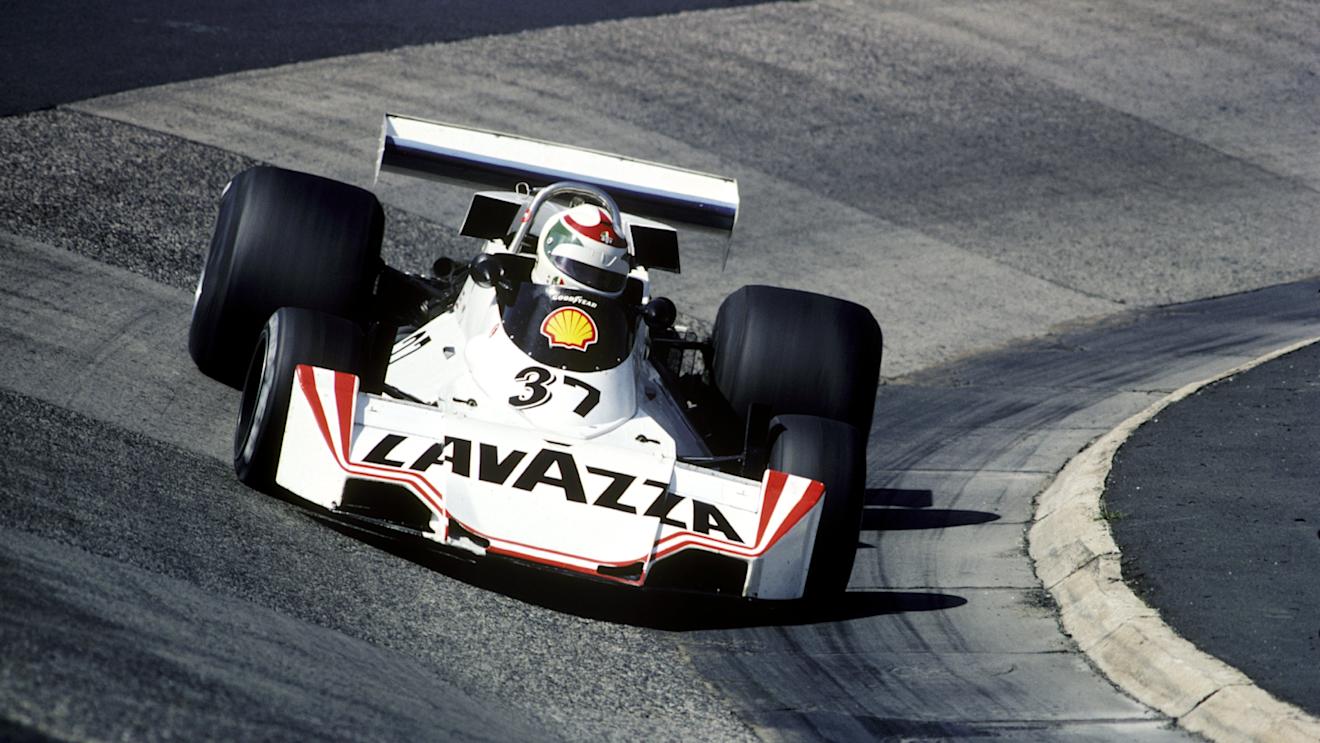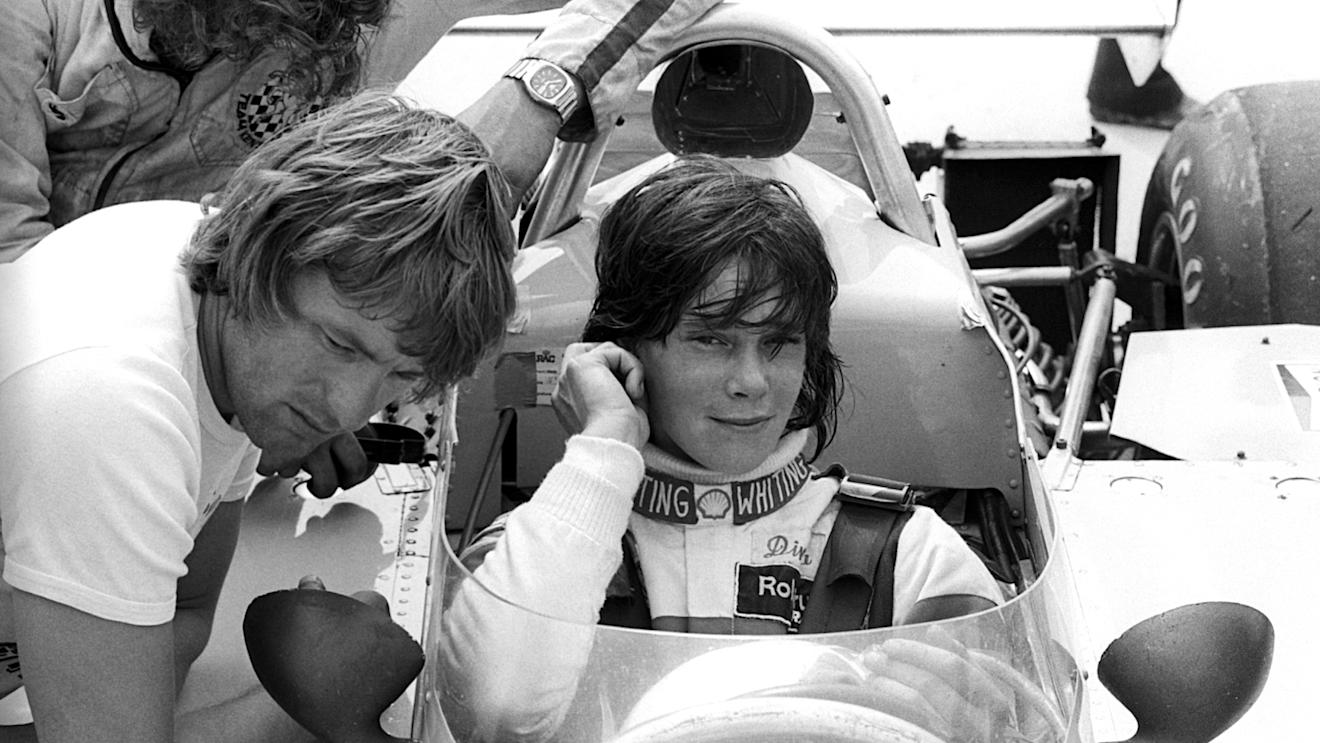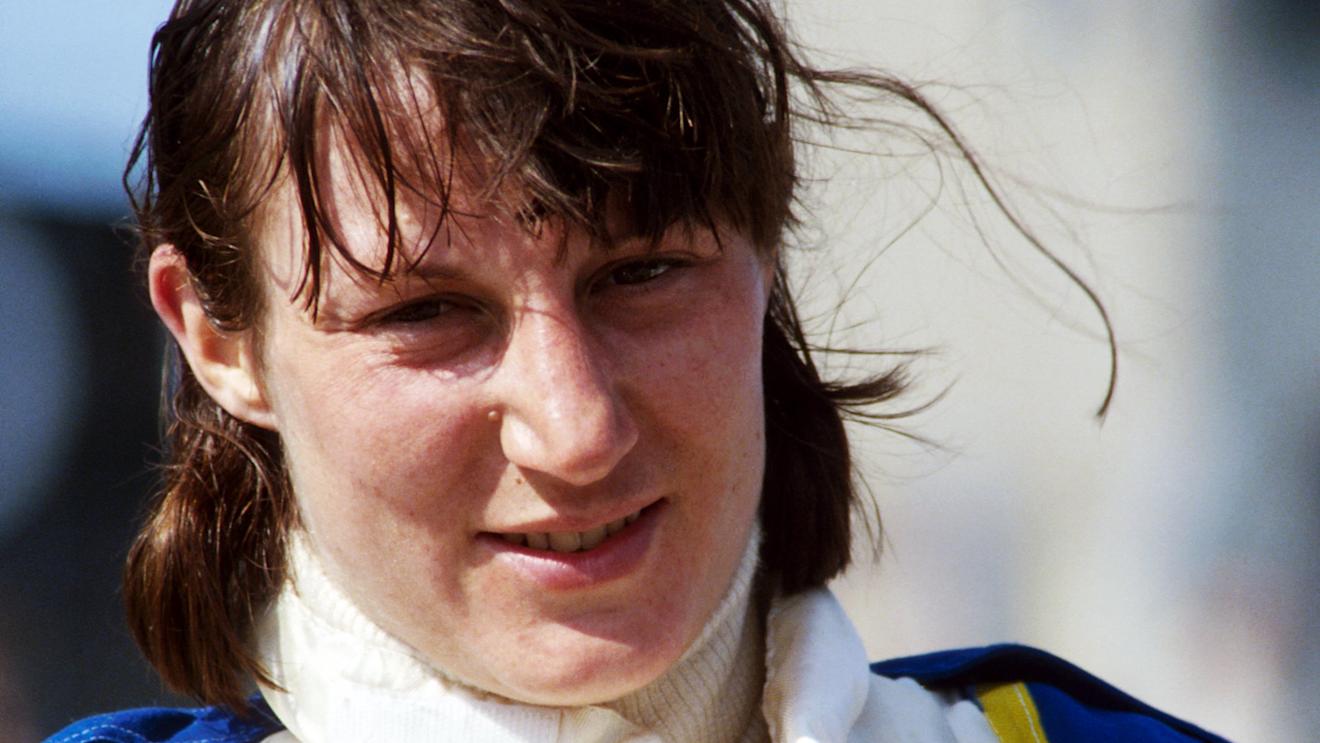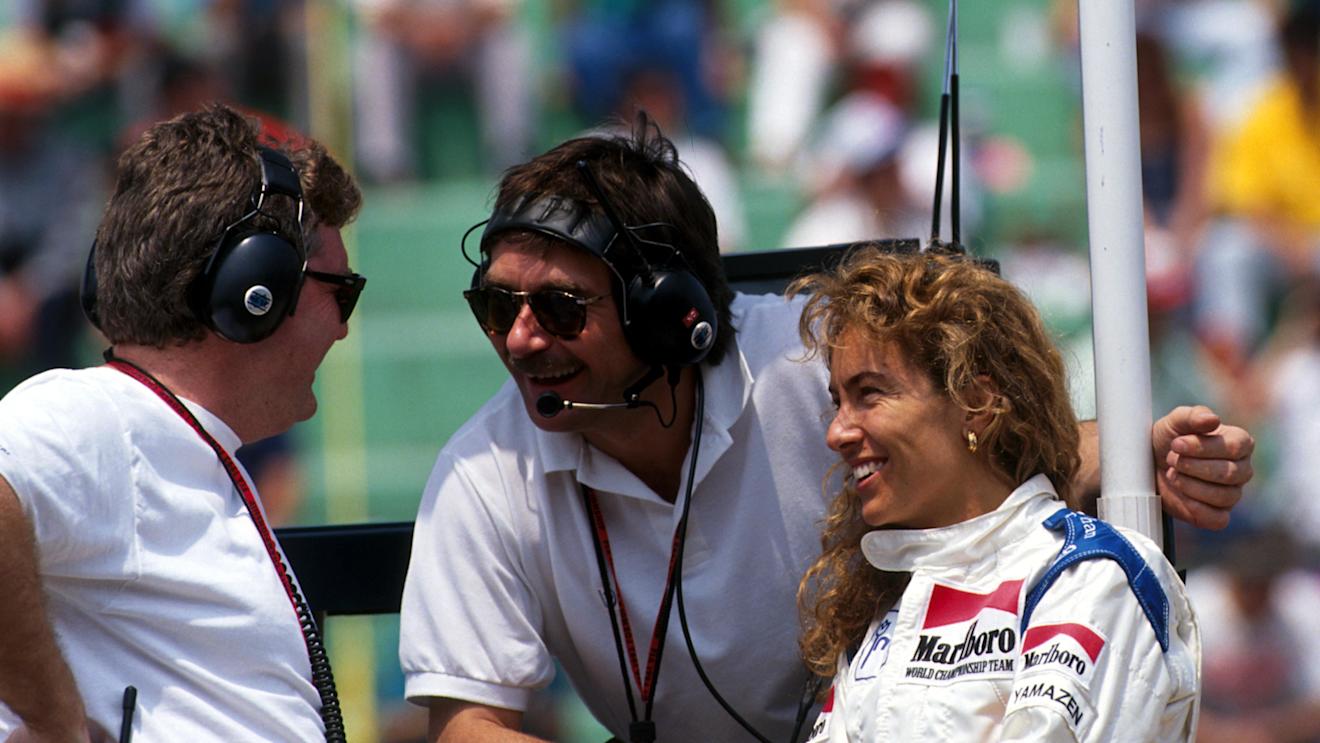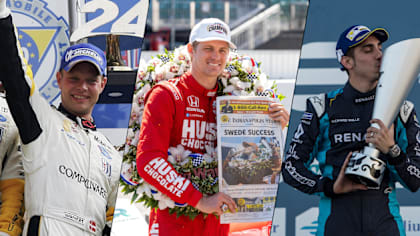1 / 4
News
Trailblazers - Formula One racing's fastest females
They may not be household names, but Maria-Teresa de Filippis, Lella Lombardi, Divina Galica, Desire Wilson and Giovanna Amati hold an important place in Formula One history as the only female drivers to have taken part in a world championship event.
But this exclusive club will grow by one this week when Williams development driver Susie Wolff takes part in FP1 at Silverstone. To mark the occasion, we remember the pioneering women in whose wheel tracks she'll be following…
Maria-Teresa de Filippis
As a youngster, the Naples-born De Filippis was more interested in horses than cars, and only began racing when she was 22 after her brothers bet that she wouldn't be able to drive fast. Having proved them wrong she quickly rose through the ranks to become the first woman to compete in a world championship Grand Prix. Her big break came in 1954 when, after finishing second in the Italian sportscar championship, she was hired by Maserati as a works driver. It wasn't until 1958 that De Filippis moved up to F1 racing, driving the same 250F machine with which her idol Juan Manual Fangio had won his fifth world title in 1957. She failed to qualify on her debut world championship appearance in Monaco (as did numerous others at the event, including a certain Bernie Ecclestone), but did make it onto the grid in Belgium where she finished a creditable tenth. Despite being warned by Fangio that she took too many risks behind the wheel, De Filippis qualified twice more that year, in Portugal and Italy, but hung up her helmet for good in 1959 following the death of team mate and friend Jean Behra in a sportscar race at AVUS.
Lella Lombardi
De Filippis may have been the first woman to drive in F1 competition, but fellow Italian Lella Lombardi was the first (and as yet only) woman to register on the F1 scoreboard. After impressing in Formula Three and, in particular, in Formula 5000, the 1975 season provided Lombardi with her first F1 race appearance (a year earlier she'd failed to qualify for the British Grand Prix), and she performed admirably for March. Scoring half a point by finishing sixth in the tragic, shortened Spanish Grand Prix was a huge achievement, as was her seventh place in Germany later that year. But unfortunately a lack of backing resulted in Lombardi losing her March drive in 1976 and, after a short-lived and fruitless stint with RAM, she faded from the F1 scene. Lombardi went on to race sportscars with some success, before sadly succumbing to cancer in 1992, aged 50.
Divina Galica
Divina Galica had an affinity for speed long before she stepped into a racing car. In 1964, at the age of 19, she made the first of three consecutive appearances for Great Britain at the Winter Olympics, competing in the not-for-the-fainthearted sport of downhill skiing. It was Galica's notoriety as an international skier that led to her being invited to take part in a celebrity saloon car race at Oulton Park in 1974, during which she demonstrated a genuine ability behind the wheel. Bitten by the racing bug, it wasn't too long before Galica had graduated to Formula Libre - a national championship for thoroughbred Grand Prix machinery and the like. To the surprise of many who doubted her ability to compete at such a level, Galica finished fourth in the 1964 championship driving a Surtees TS16 F1 car, but subsequent attempts to ride that wave of success into the Formula One world championship proved fruitless. She failed to qualify for the 1976 British Grand Prix and two years later - having switched to Hesketh machinery - made unsuccessful attempts to make the grid in Argentina and Brazil. Undeterred, Galica raced on and despite a return to skiing (during which time she made another Winter Olympic appearance and set a British record of 125mph on skis) she remains involved in motorsport to this day.
Desire Wilson
Unlike the other women on this list, South Africa-born Wilson has won a race in Formula One machinery, albeit in the short lived British Aurora F1 series and not in the world championship proper. That victory was achieved at Brands Hatch in 1980, a year in which she also took wins at Monza and Silverstone in the world sportscar championship and attracted the eye of John Macdonald, head of the RAM F1 team. Macdonald signed and entered Wilson for the 1980 British Grand Prix at Brands Hatch, but saddled with a year-old Williams FW07 (rather than the Wolf WR4 she'd won the Aurora series race with) she failed to qualify. When she did make it onto the F1 grid - driving a Tyrrell at her home Grand Prix in 1981, the on-going FISA-FOCA war meant that the race was classified as ‘non-championship'. That was a shame as Wilson performed well, moving up from 16th at the start to sixth before spinning out with gearbox issues. Sadly, despite impressing Ken Tyrrell, events would conspire to prevent Wilson from making any further F1 inroads. She went on to compete in various other series and still makes the odd appearance at historic meetings.
Giovanna Amati
Amati began racing in her youth, not long after being kidnapped by gangsters attempting to extort money from her wealthy parents. After attending a racing school she progressed slowly up the single-seater ladder with limited success, though 1986 did yield a sole win in Italian Formula Three. Then in 1991, after several years plugging away in F3000, Amati was handed an F1 test with Benetton. The following season, in what many claimed was a publicity stunt, the ailing Brabham team offered Amati a drive. However, after three disastrous attempts to qualify the admittedly bad BT60B, Amati was replaced by the up-and-coming Damon Hill. After her brief dalliance with F1 racing, Amati continued to compete in various categories and she remains the last woman to attempt to qualify for a world championship Grand Prix.
YOU MIGHT ALSO LIKE
Feature From record-breakers to underdog winners – 8 drivers who enjoyed success after leaving F1

Video MUST-SEE: How new Ferrari driver Hamilton’s first day at Maranello unfolded
Report Rookie Otis Lawrence wins spectacular dash to the line for victory in Round 4 of F1 Sim Racing World Championship
Report Jarno Opmeer and Bari Broumand take victory in Rounds 2 and 3 of 2025 F1 Sim Racing World Championship
